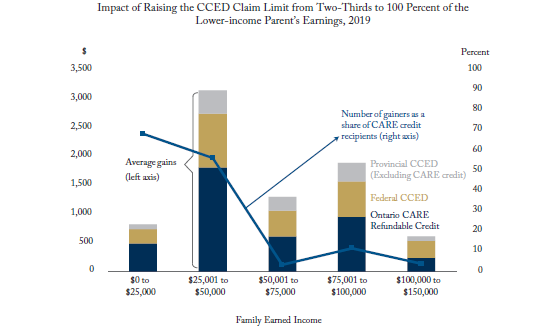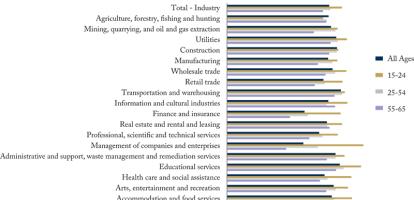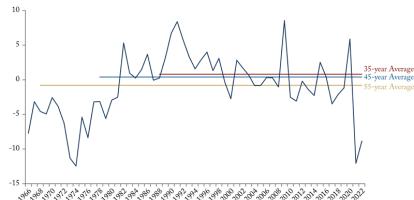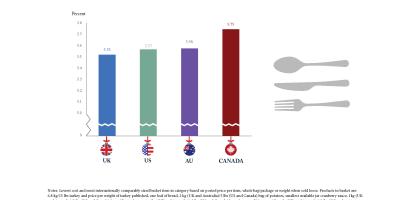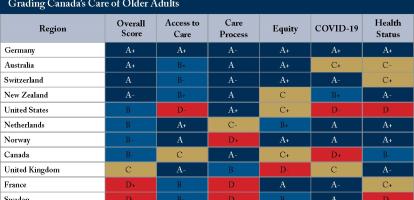The Child Care Expense Deduction (CCED) allows eligible childcare expenses for an eligible child to be deducted from taxable income, in most cases on the return of the lower-income parent. In addition to a maximum claimable limit per child, low-income parents must contend with another limitation: the claim cannot exceed two-thirds of the earnings of that lower-income spouse; hence, the “two-thirds limit.” Governments would significantly benefit families with greater needs if they lifted this limit up to the entire earnings of the lower-income parent. This is particularly true of Ontario CARE credit recipients.
In this edition of Graphic Intelligence, we show the impact of raising the CCED claim limit from two-thirds to 100 Percent of the lower-income parent’s earnings among Ontario’s two-parent families’ CARE credit recipients.
For the CARE credit alone, raising the claim limit from two-thirds to 100 percent of the lower-income parent’s earnings would benefit about six in ten two-parent families earning less than $50,000. In total, about 30,000 families would gain an average of $1,000 in higher CARE credit. Further gains about $600 federally in lower taxes and higher benefits on average due to lower taxable income, and $300 provincially, would put the total average gain for a gaining family in Ontario to nearly $2,000 – with the higher gains felt disproportionately in the $25,000 to $50,000 family income range.
To learn more about CCED, read “Reforming the Child Care Expense Deduction” by Alexandre Laurin.

